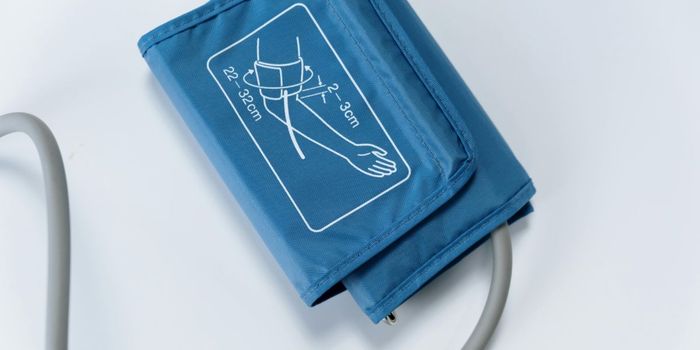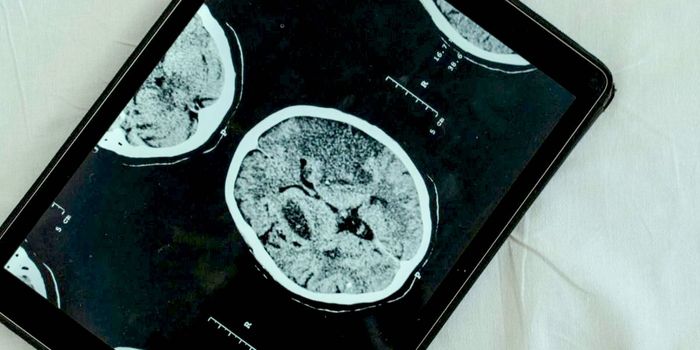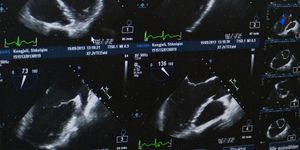Software Could Detect Parkinson's Before Symptoms Appear
In any disease, the sooner it's detected, the sooner proper treatment can begin. Outcomes are always better when any medical problem is caught early, but with some diseases, it's difficult. Parkinson's disease (PD), a neurodegenerative disease that causes tremors, muscular rigidity and eventually death, is one such example.
Very often, the symptoms are chalked up to age or poor fitness. There is currently no cure for Parkinson's, and no definitive test, so early detection is rare. Scientists at the Royal Melbourne Institute of Technology in Australia have developed software and a diagnostic program that detect PD before symptoms are apparent, allowing patients to get a head start on the disease.
The team at RMIT is lead by Chief investigator Professor Dinesh Kumar, who explained, "Pushing back the point at which treatment can start is critical because we know that by the time someone starts to experience tremors or rigidity, it may already be too late. We've long known that Parkinson's disease affects the writing and sketching abilities of patients, but efforts to translate that insight into a reliable assessment method have failed – until now."
The software looks at the patient's drawing ability and interprets the data from that in real time. The investigators say that the software has a 93% accuracy rate. With the numbers of cases of PD growing on a global scale, the sooner patients can get treatment, the better quality of life they will have. The Parkinson's Disease Foundation puts the figure at 10 million PD patients world wide. In the United States, 1 million patients are suffering from some stage of Parkinson's with 60,000 new cases every year. Most are diagnosed before the age of 50. Once brain tissue has been damaged by the disease, it's too late to get back any lost motor function. While there is no cure for Parkinson's, there are some treatment options that, if started early, can delay some symptoms and reduce others.
The study at RMIT involved 62 participants that had been diagnosed with Parkinson's disease. They were broken into two groups, those in whom symptoms had not begun and those with symptoms that ranged from moderate to severe. The volunteers were asked to complete a variety of tasks to measure dexterity, including writing letters, sketching and drawing a spiral. The spiral was the easiest of the tests for participants to complete and also produced the most accurate results. RMIT scientists partnered with a neurology practice in Melbourne for the work, which is published in Frontiers in Neurology.
Ph.D. researcher Poonam Zham, a first author of the study, stated, "Our study had some limitations, so we need to do more work to validate our results, including a longitudinal study on different demographics and a trial of patients who are not taking medication. But we're excited by the potential for this simple-to-use and cost-effective technology to transform the way we diagnose Parkinson's, and the promise it holds for changing the lives of millions around the world."
The video below, from the RMIT, has more information about the study and what it will mean for further research and treatments. Take a look.
Sources: RMIT, Frontiers in Neurology, Parkinson's Disease Foundation









